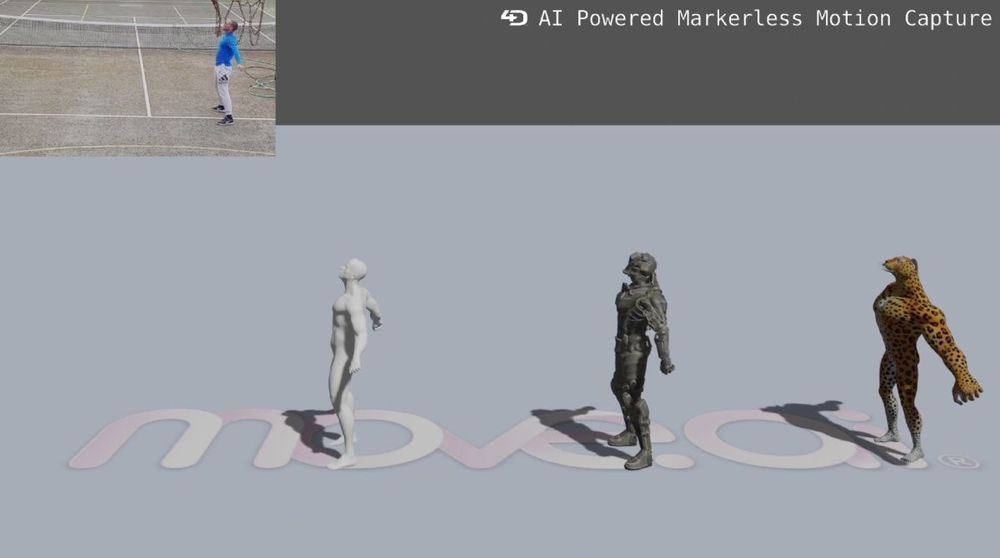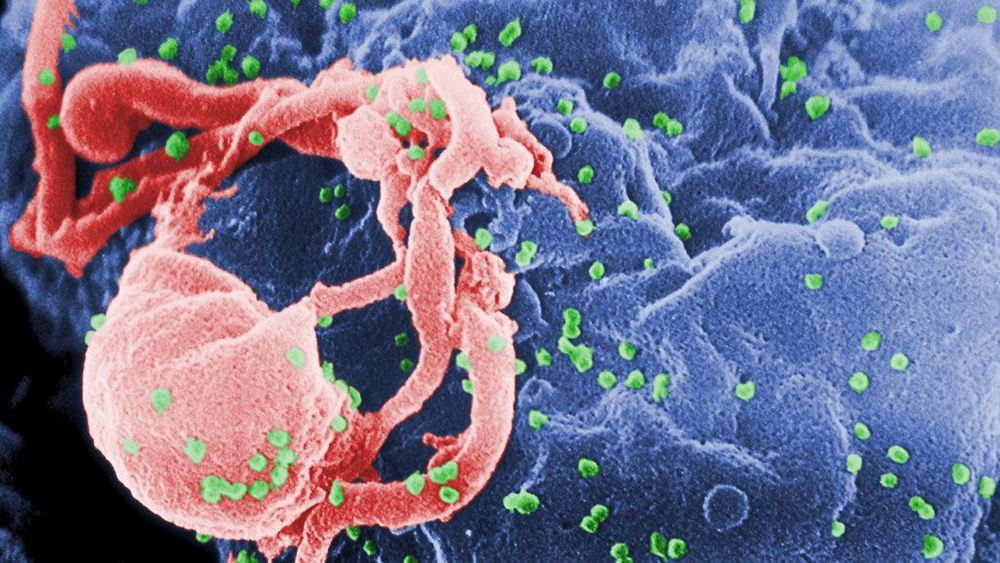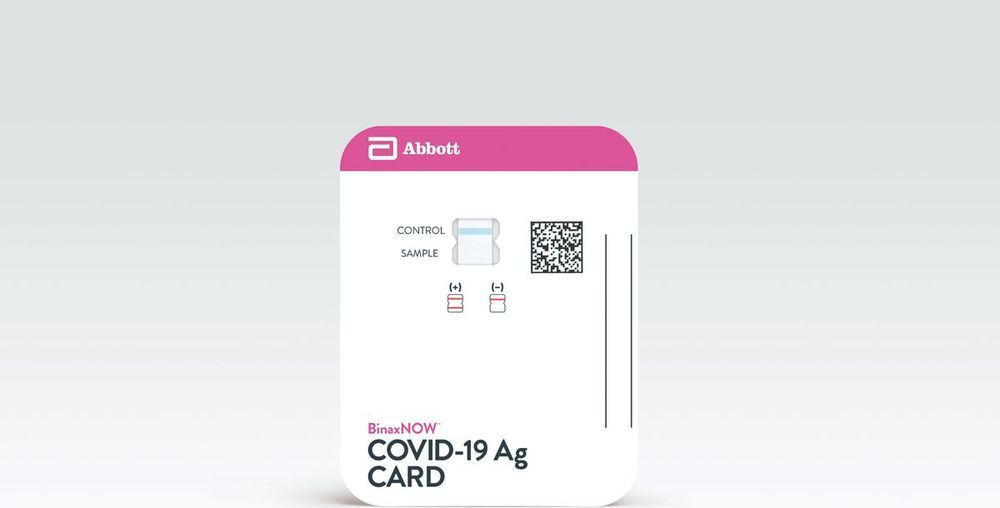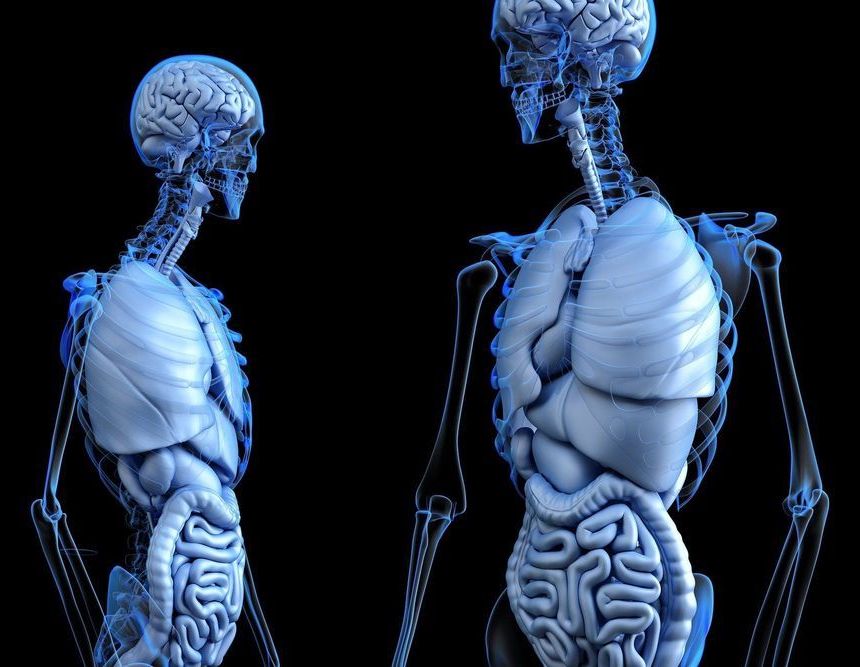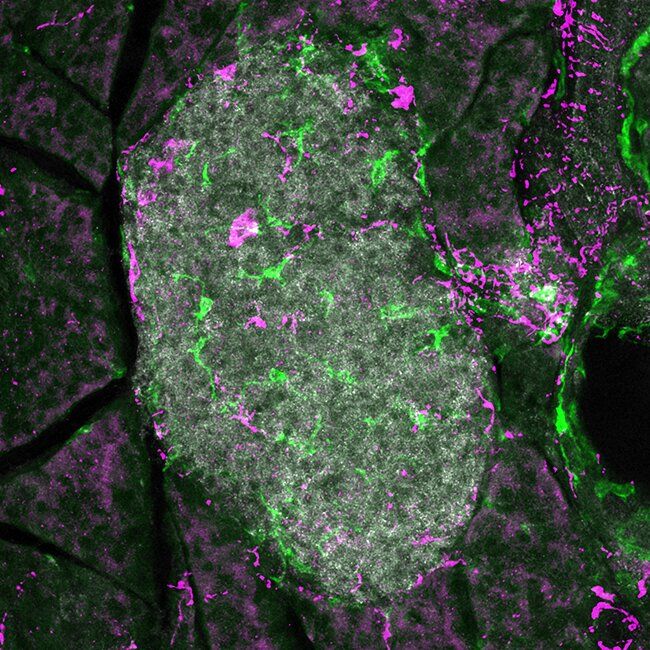Move.ai can use artificial intelligence to capture a 3D representation of an actor in a process known as motion capture. But it doesn’t need actors in Lycra suits with lots of white balls attached to them. And it enables game companies to do motion capture in a remote way during the pandemic.
That’s an important technological advancement, because the hassles of motion-capture systems have led to a stall in production for both movie makers and video game companies. Move.ai hopes to fix that with “markerless” motion capture that can lower the costs and hassles of doing the work.
The technology comes from a London company that started out capturing the images of sports athletes and turning them into digital animated objects. But the pandemic hobbled that business with the closing of physical sports events. Luckily, games need better realism to give players total immersion and engagement in an alternate reality, and that means that they need motion capture.
